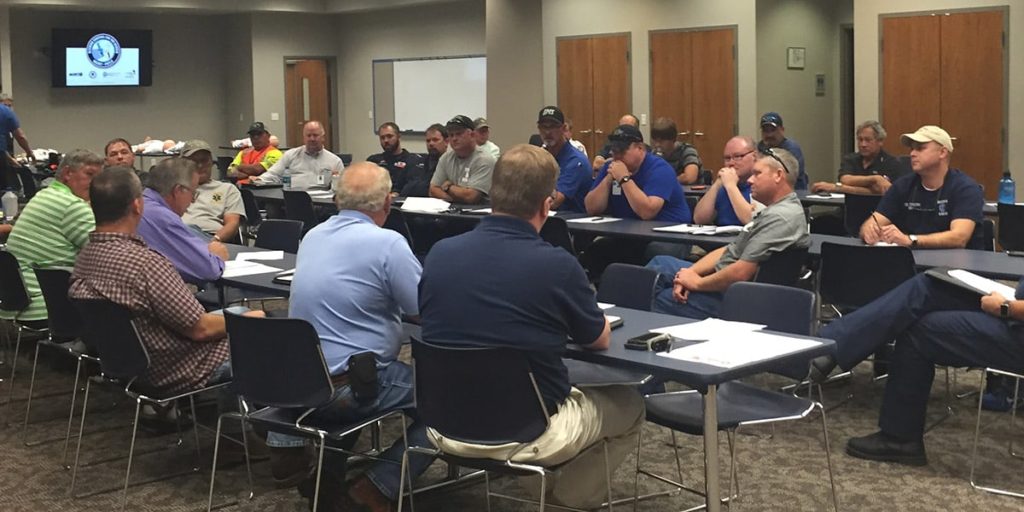

I. Purpose: The purpose of a Regional Advisory Council (RAC) is to develop, implement, and monitor a regional emergency medical services (EMS) trauma system plan to facilitate trauma system networking within its TSA or group of TSAs. A RAC is an organized group of healthcare entities and other concerned citizens who have an interest in improving and organizing trauma care within a specified Trauma Service Area (TSA). RAC membership may include hospitals, physicians, nurses, EMS providers, rehabilitation facilities, dispatchers, as well as other community groups.
II. Omnibus Rural Health Care Rescue Act: The Texas legislature wanted trauma care resources to be available to every Texan. The Omnibus Rural Health Care Rescue Act, passed in 1989, directed the Bureau of Emergency Management of the Texas Department of Health to develop and implement statewide emergency medical services (EMS) and trauma care system, designate trauma facilities, and develop a trauma registry to monitor the system and provide statewide cost and epidemiological statistics.
III. Implementation of the trauma system: The trauma system was initially adopted by the Texas Board of Health in accordance with Senate Bill 530, Health & Safety Code, Chapter 773 (Emergency Medical Services), whereby the state was divided into 22 regions called Trauma Service Areas (Texas Administrative Code § Rule 157.122), provided for the formation of a Regional Advisory Council (Texas Administrative Code § Rule 157.123). In each area, a regional trauma system plan was developed and implemented, delineating the trauma facility designation process, and provided for the development of a state trauma registry. A Regional Advisory Council, an organization of healthcare entities, and individuals such as hospitals, physicians, nurses, EMS providers, and other individuals interested in trauma care and injury prevention thus provides a vital link in implementing the regional trauma system plan.
panhandlerac.org
b-rac.org
ntrac.org
bigcountryrac.org
ncttrac.org
netrac.org
rac-g.org
detrac.org
borderrac.org
texasjrac.org
cvrac.org
centraltexasrac.org
hotrac.org
bvrac.com
catrac.org
strac.org
setrac.org
rac-r.com
gcrac.org
sevenflagsrac.org
cbrac.org
tracv.org
Together with private sector and nonprofit organizations, the STOP THE BLEED® campaign is putting knowledge gained by first responders and our military into your hands to help save lives. Select your region below to learn more and find the resources nearest you.